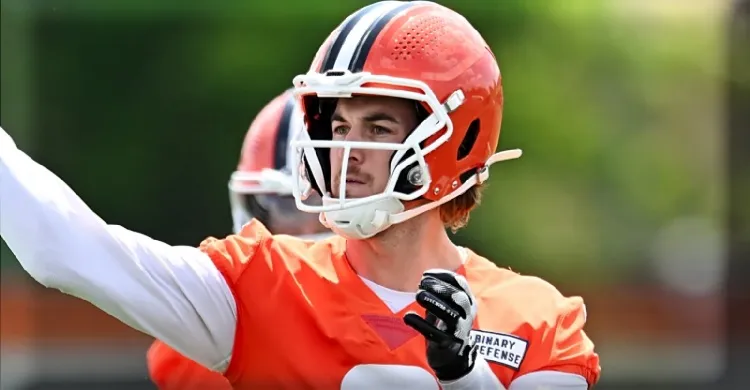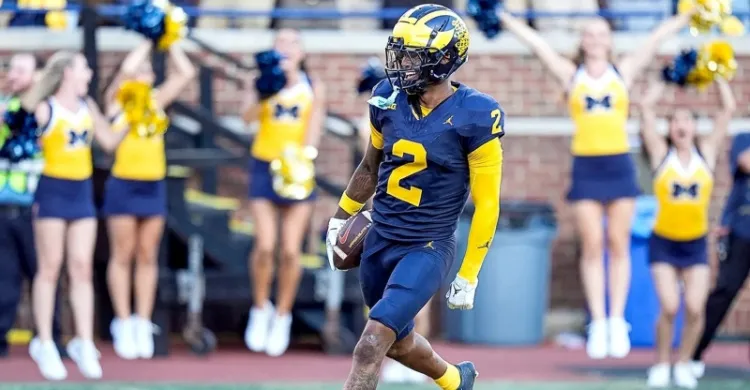The Florida Panthers are one win away from reaching their third straight Stanley Cup Final, thanks in large part to their third line, where players know their roles and play them well. The third line of newly acquired Brad Marchand, Anton Lundell, and Eetu Luostarinen has been the difference-makers for the Panthers in the 2025 Playoffs.

The Tampa Bay Lightning had Blake Coleman, Yanni Gourde, and Barclay Goodrow step up as a trio during their 2020 and 2021 Stanley Cup Playoff wins. However, after winning multiple Stanley Cups, the Lightning couldn’t afford to pay a premium for their bottom-six forwards, and they all landed elsewhere. Tampa Bay has built its team thin on forward depth for the past several seasons, and they haven’t won a playoff series since 2022.
However, with their young prospects and the salary cap rising, the Lightning might be able to fill some holes heading into the 2025-26 season, and we might see the deepest Lightning team up front in the last four years. Nevertheless, there remains an unanswered question about whether Nick Paul can carry the Lightning’s third line.
Paul Plays Better With Top-End Talent
Acquired by the Lightning at the 2022 NHL Trade Deadline, Nick Paul signed a seven-year deal with the Lightning that summer that carried an average annual value of $3.15 million until 2029. Paul has scored 20 goals and 40 points in each of the last two seasons, making him a good third-line center. However, a deeper dive paints a better picture of Paul’s true value.
To start, Paul’s 15 goals at five-on-five last season are respectable and ranked tied for 73rd amongst NHL forwards. However, two of Paul’s three most common linemates assisted on a combined three goals that he scored (20%).
Those two linemates were Mitchell Chaffee and Gage Goncalves. Paul spent roughly 30% and 25%, respectively, of his five-on-five ice time with them last season. So, you’d expect them to have contributed more to his 15 goals. Meanwhile, when paired with top-end players, Paul found the back of the net at a better rate. The Brandon Hagel and Anthony Cirelli duo assisted on six of his 15 goals, while Jake Guentzel assisted on two despite playing just 167 minutes together at five-on-five.
Of course, better players will elevate those around them, and Paul is likely to produce more playing with the Lightning’s best forwards. However, what if he isn’t paired with that top talent in a playoff series against the defending Stanley Cup Champions?
Paul’s Playoff Performance Versus Contending Third-Line Centers
In the 2025 Round 1 series against the Panthers, Paul wasn’t paired with Hagel and Cirelli and spent only 12 minutes on the ice with Guentzel. His most common linemates were rookies Goncalves and Conor Geekie. When paired with Goncalves, Paul had an on-ice goal differential of minus-3. Furthermore, the trio of Paul, Goncalves, and Geekie had a -0.56 expected goal differential (xG +/-), the worst of any Lightning forward combination with at least 10 minutes together in the series.
From the 2019 to the 2022 Stanley Cup Playoffs, the four most successful teams (most playoff wins) have all had third-line centers who controlled over 53.44% of the on-ice expected goal share at five-on-five (xGF%), and three of four that controlled at least 55.81% of the on-ice goal share at five-on-five (GF%).
Shifting to the 2022 to the 2025 Stanley Cup Playoffs, 75% of the four most successful teams (most playoff wins) have third-line centers that outscore their opponent in on-ice goals, and 50% outpace their opponent’s on-ice expected goal share. The players used in the 2019-22 sample include Gourde, J.T. Compher, Jean-Gabriel Pageau, and Nicolas Roy, while the players from the 2022-25 sample include Lundell, Adam Henrique, Matt Duchene, and Roy (again).
Meanwhile, in 16 playoff games from 2022-25, Paul hasn’t met either threshold. He’s controlled just 41.18% of the goal share and 47.79% of the expected goal share. Considering his linemates, is Paul the best third-line center option for the Lightning on his own, or does he need a better supporting cast?
Lightning Must Bank on Rising Cap and Youth Development
As Eric Tulsky, general manager of the Carolina Hurricanes, once said, you can never prove a theory, only disprove all the competing ones. Is Paul a legitimate third-line center on a contending team? Or, instead, we can reframe the question as: Can we disprove that Paul is on the level of a third-line center typically found on a Stanley Cup contender? The answer isn’t clear, with arguments to support both sides.
On the one hand, Paul’s regular-season five-on-five point production, on-ice goal share, and ice shot quality share are below the average threshold of the standard third-line center on a contender. Plus, his five-on-five playoff point production, on-ice goal share, and ice shot quality share are on the bottom end among the eight centers I’m comparing him against.
Meanwhile, Paul hasn’t been supplied with the quality of linemates some of these other players have in our sample. Gourde had linemates like Coleman and Goodrow in 2021, while Lundell plays with Marchand and Luostarinen.
Paul doesn’t exceed or even match the performance of a “legit” third-line center, but he hasn’t had the same caliber of linemates in that role. The Lightning must rely on the development of their younger players and possibly some roster acquisitions to build the ideal line for Paul, who enters year four of his seven-year deal next season.
By no means is Paul a terrible player, as he’s had some clutch moments with the Lightning. But he needs the proper linemates because we’ve disproven the idea that he can carry his line. Don’t anticipate Paul to deliver the Lightning a Stanley Cup driving the third line. However, with the right mix of players, he can be a contributor to the equation for a contending team.



